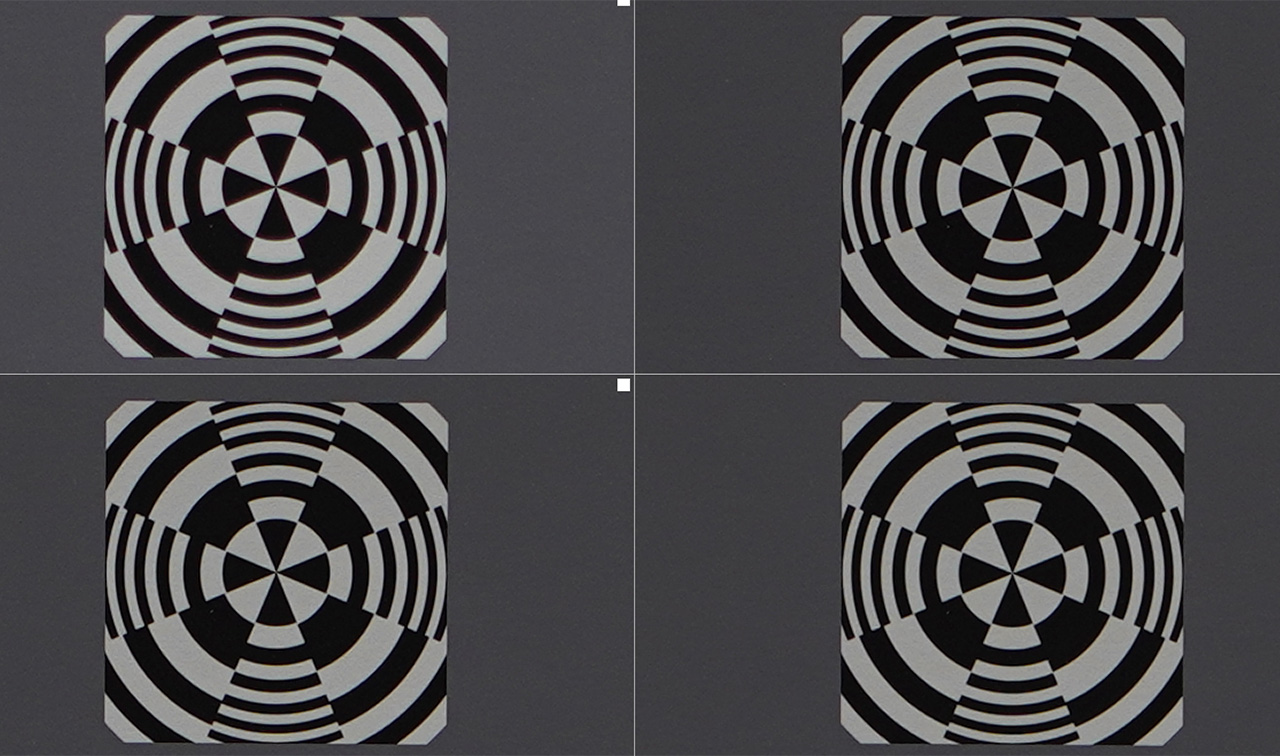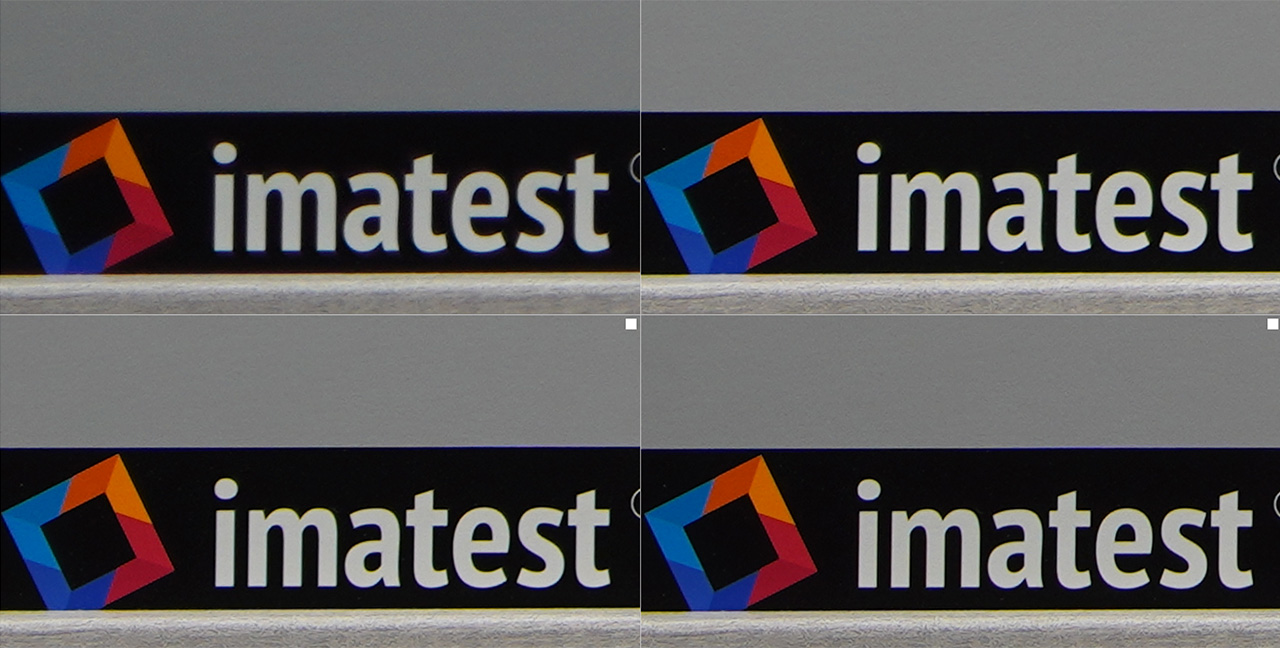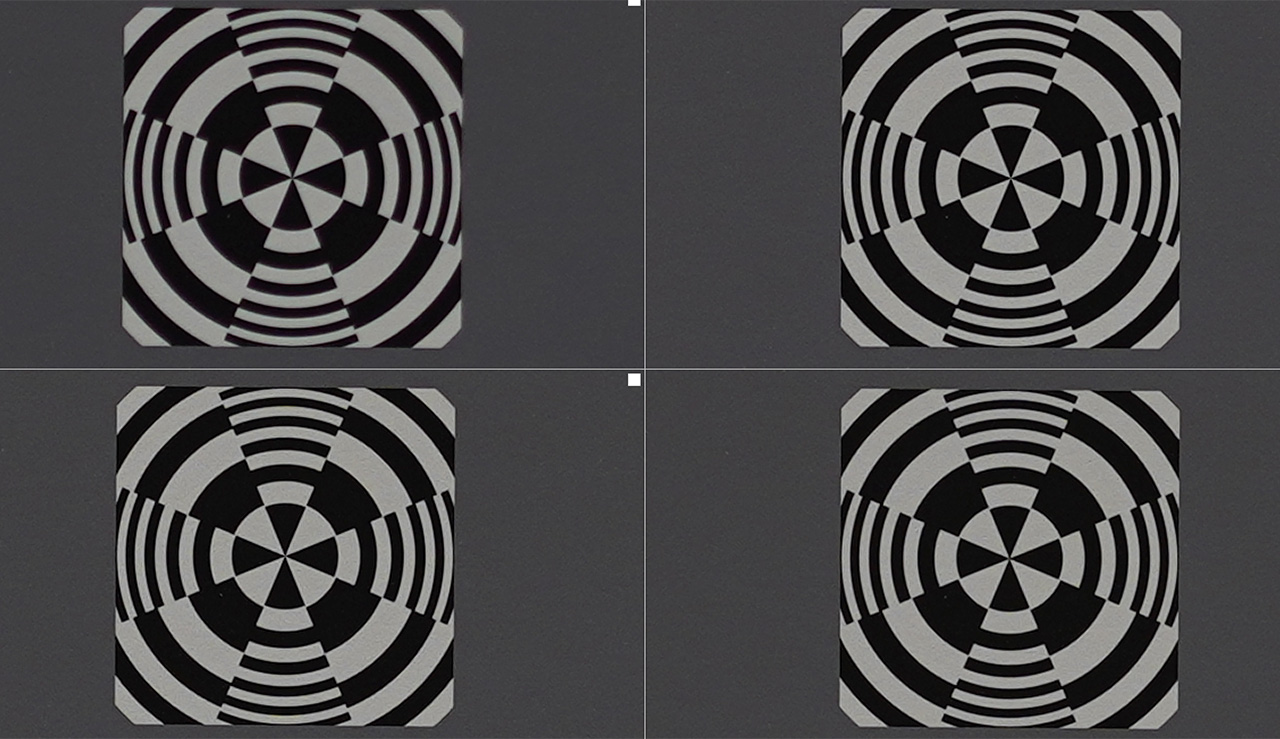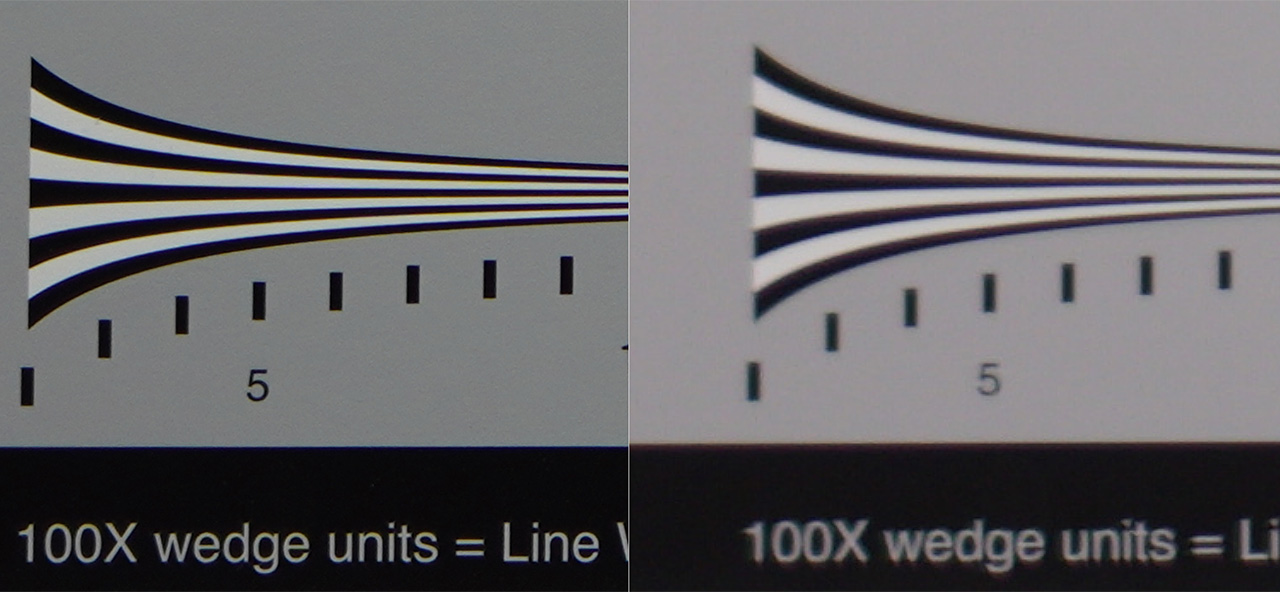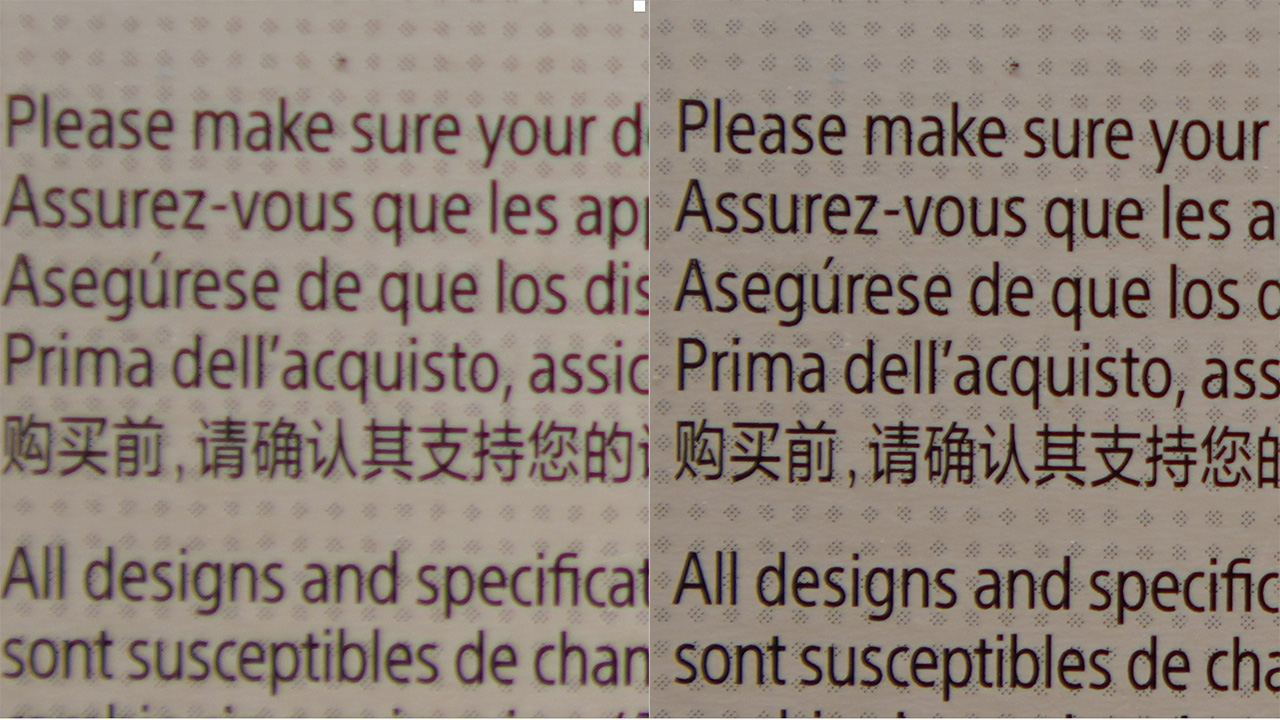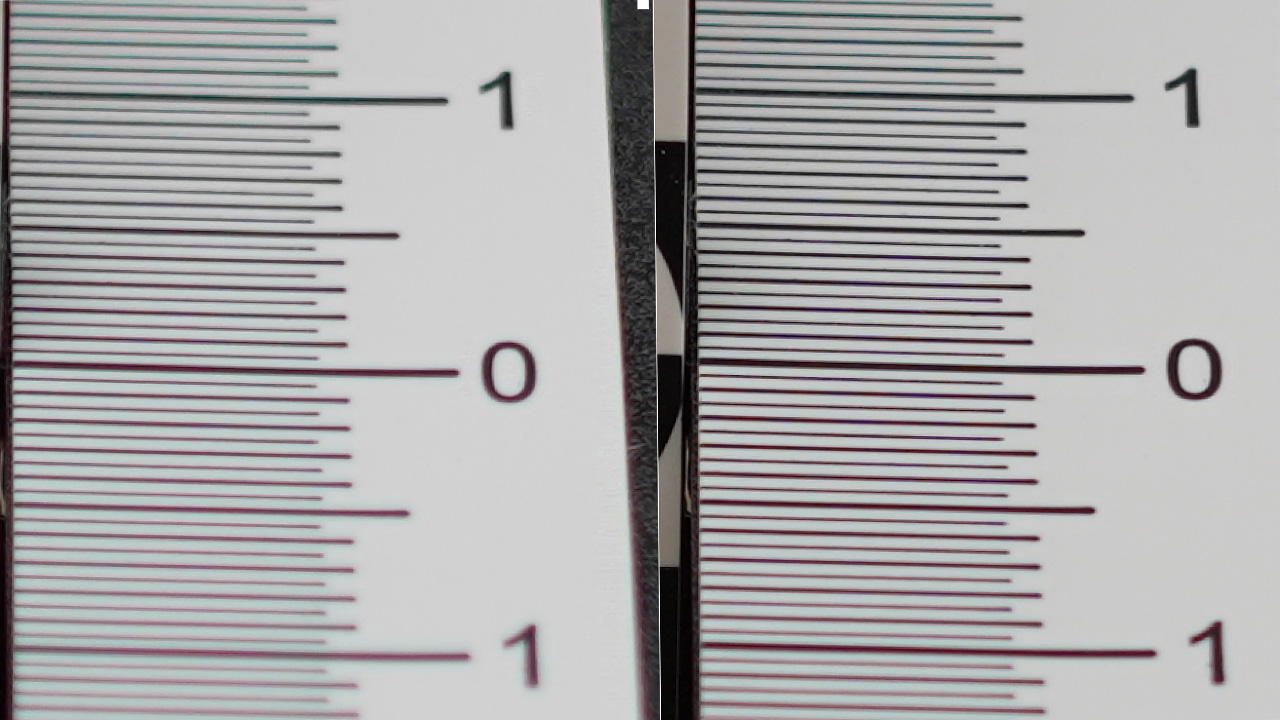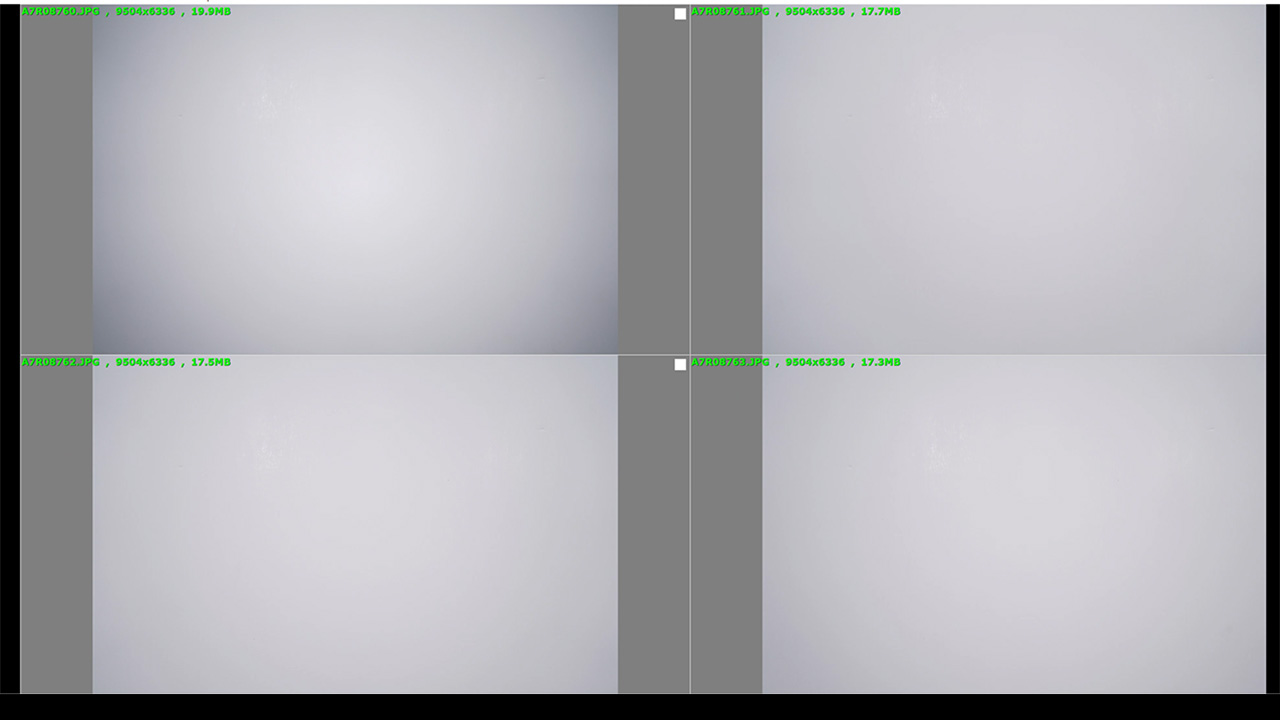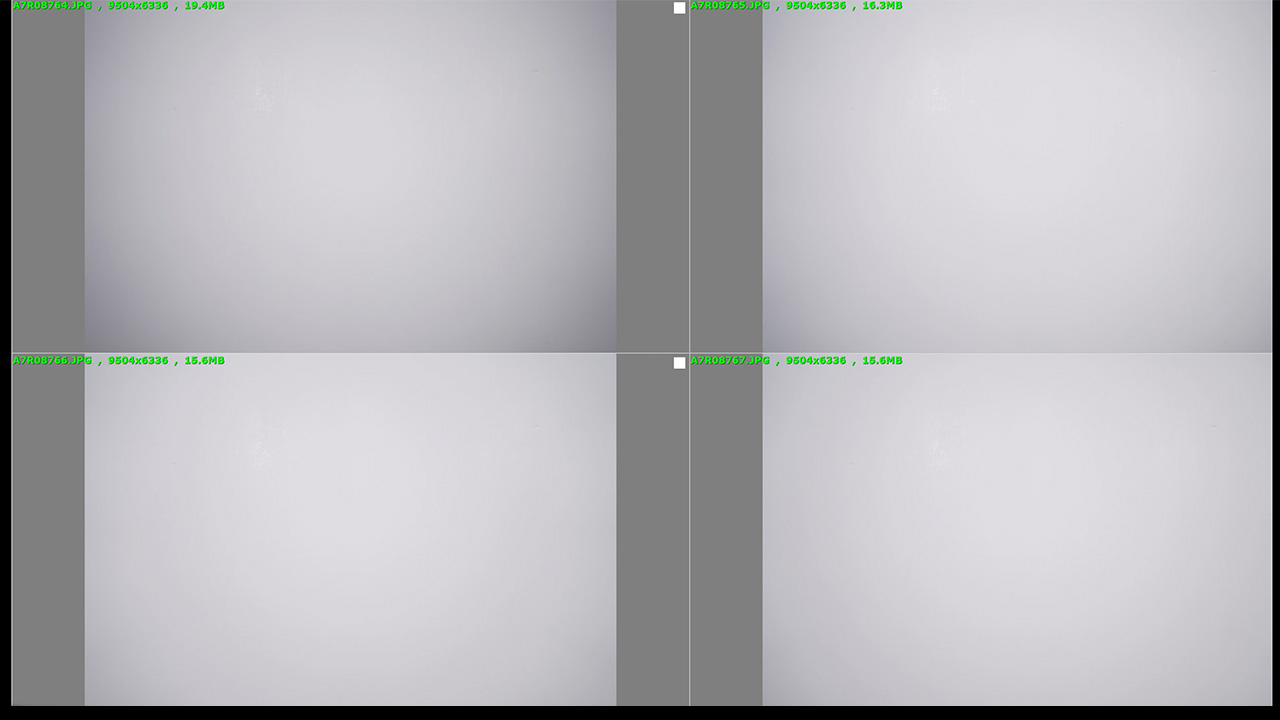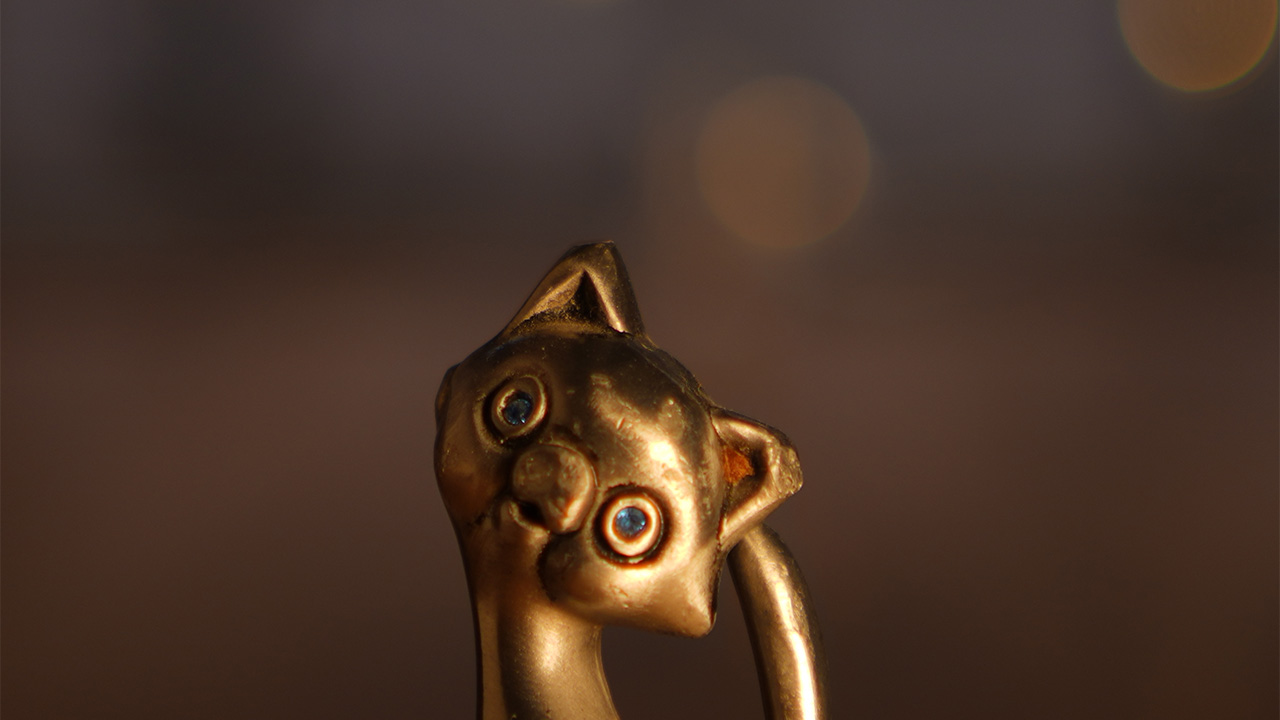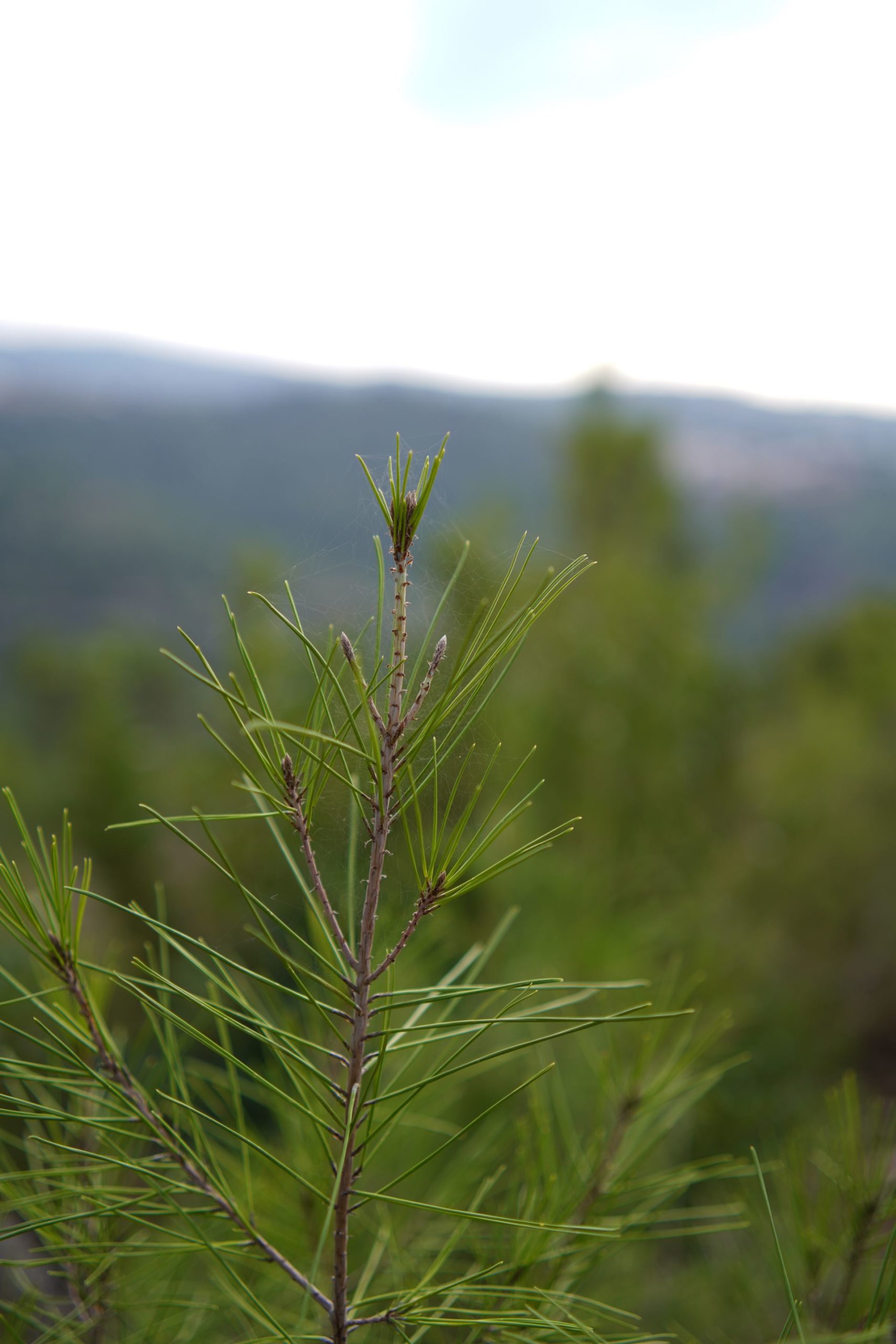A few weeks ago we got the Samyang AF 35mm F1.8 lens for review. This lens is the most recent lens of Samyang’s growing family of AF called Tiny (each lens has its own nickname, and this lens is called “Tiny but All-Around”).
This is the third lens from this family that we have tested here, starting with the AF 45mm f/1.8 FE back in 2019 and then the AF 75mm F1.8 FE in mid-2020. Both performed quite well in our tests.
As we typically do, we shall start with the design and build before we move over to performance and give you our final verdict.
Head to head Samyang AF 35mm F1.8 FE vs. Sony FE 35mm f/1.8
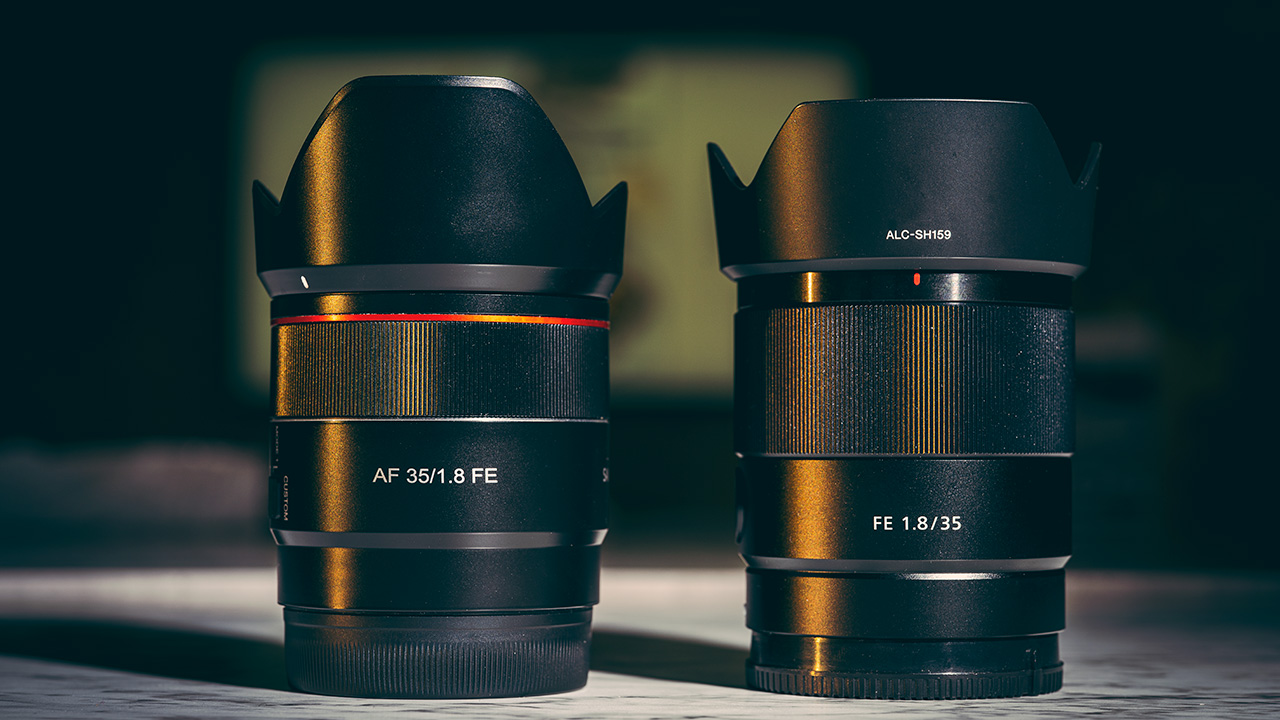
Build and design
Optical Design
The lens has 10 elements in 8 groups with quite a number of advanced elements for its size, including 2 HR (High Refractive Index) and 2 aspherical elements.
Materials
The lens is made of a hard plastic material with its internals made of metal (and glass), exactly like the rest of this family of lenses. Unlike other lenses in the series, it comes in a small semi-hard case, which is a nice touch and we wish all Samyang lenses from now on would come with such a case.
Size and weight
As with all of the lenses in this line, the 35mm f/1.8 is lightweight and compact, measuring about 7cm or 2.5″ tall and weighing in at just under 245 grams (about 8.5 ounces) including the hood and caps which is super lightweight.
Rings
The lens has a single multipurpose ring with no hard stops. It has decent resistance and is not too narrow.
Buttons and switches
Exactly like the AF 75mm F1.8 FE that we tested, this lens has a custom switch that features two modes: mode 1 is the common manual focusing or manual override of autofocus (depending on your camera settings), and mode 2 will give smooth aperture control without click steps. A little bit confusing at first, but it seems to work fine. We would love it if it had a 3-mode switch with AF/MF, but this is what is currently available.
The two modes on the switch
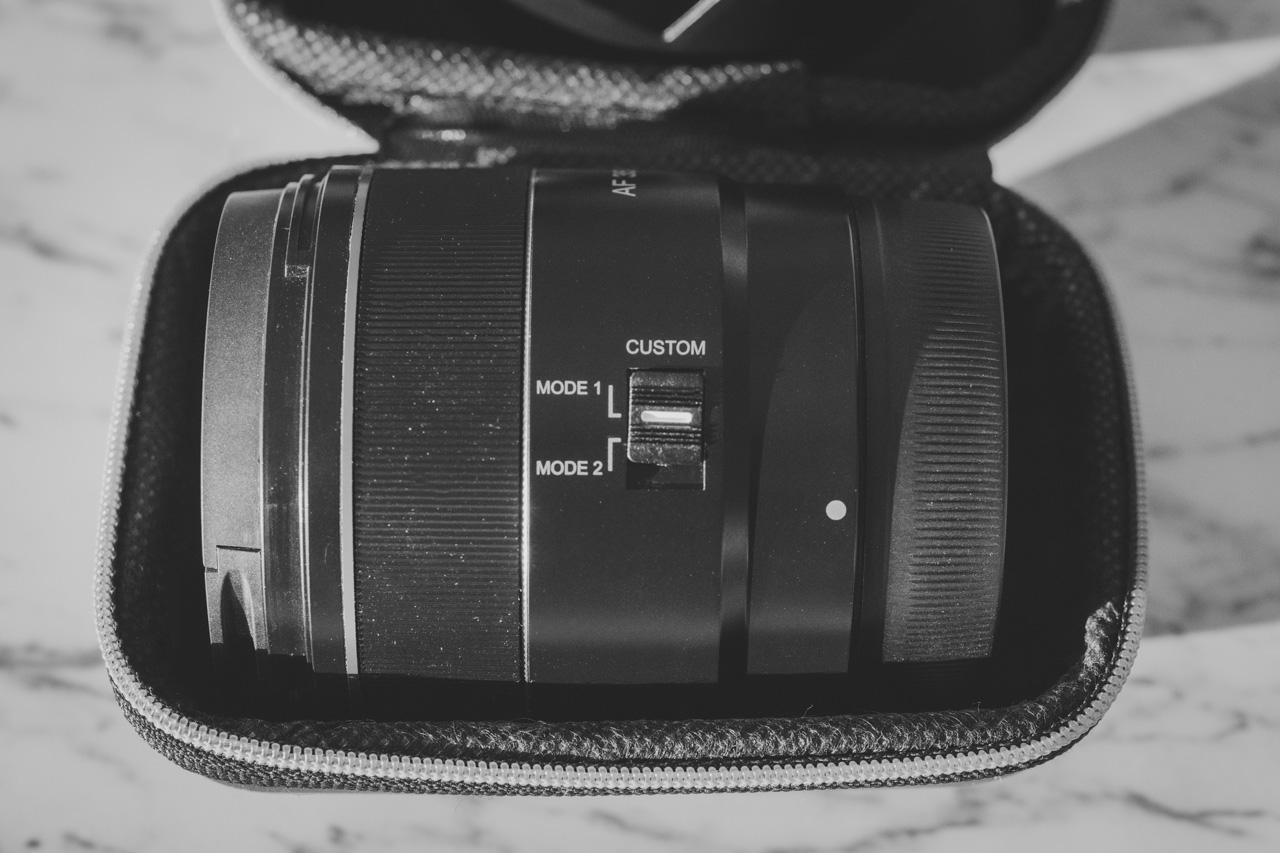
Sealing
Unlike the 75mm f/1.8 lens, the new 35mm f/1.8 does have weather sealing, which is a welcome addition.
Mount
The lens comes only in Sony E mount (we tested it on our A7R IV and our A6500).
Hood
The lens comes with a nice and fairly deep plastic hood.
Aperture
The 35mm f/1.8 has 9 aperture blades with a fairly small front element compared to its size.
Filter
The lens has a 58mm filter thread.
Performance
Auto-Focusing
Just like the 75mm f/1.8, both stills and video autofocus on the Samyang 35mm f/1.8 is courtesy of a linear stepping motor system. Based on our testing both the stills and video AF seem fast and responsive on the A7R IV and it even seems to work well in low light. As a native lens, the Sony 35mm f/1.8 performed flawlessly although it was a little jumpy in very low light (see the demo in the video above).
Sharpness
We tested the sharpness of the lens using our special large professional Imatest high-end chart.
In the center of the frame wide open, sharpness seems to be very good. The corners show some softness, which improves at f/2.8 and gets to be very good at f/5.6.
Samyang AF 35mm F1.8 center sharpness (top left f/1.8, top right f/2.8, bottom left f/4, bottom right f/5.6)
Samyang AF 35mm F1.8 bottom left corner sharpness (top left f/1.8, top right f/2.8, bottom left f/4, bottom right f/5.6)
Compared to the Sony 35mm f/1.8, the Samyang is a little sharper wide open in the center but the corners are significantly sharper than the Sony even at f/5.6 which was a big surprise to us.
Sony 35mm F1.8 center sharpness (top left f/1.8, top right f/2.8, bottom left f/4, bottom right f/5.6)
Sony 35mm F1.8 bottom left corner sharpness (top left f/1.8, top right f/2.8, bottom left f/4, bottom right f/5.6)
Just for some fun, we also tested our old Sony 35mm f/1.8 APS-C lens on our A6500 – the difference in resolution and general image quality compared to the FF lenses on the high megapixel A7R IV is just huge (just see the difference compared to the Samyang wide open).
No a fair test – left A7R IV with the Samyang 35mm f/1.8 (bottom left); Right A6500 with Sony 35mm APS-C lens
Minimum focus distance (sharpness close up)
The official close-up distance of this lens is 29 cm (from the sensor plane) which is about what we got in our testing (the macro magnification ratio is 1:5.8). The Sony was able to focus significantly closer, from around 23 cm or so (Its macro magnification ratio is also better at 1:4.1). As for the image quality close up – wide open the Sony looks quite a bit better and even when closed down to f/2.8 the Sony has an edge but the Samyang looks a lot sharper.
Samyang AF 35mm F1.8 sharpness close up (left – f/1.8, right – f/2.8)
Sony 35mm F1.8 sharpness close up (left – f/1.8, right – f/2.8)
Breathing
Maybe the one aspect where the Sony is significantly better than the Samyang, and actually significantly better than almost all stills lenses that we tested, is breathing. We are not sure what Sony did with this lens, but it practically has zero breathing, which is remarkable for such an inexpensive lens. The Samyang does pretty well compared to other lenses, but the Sony is really in a class of its own here (see the demo in the video).
chromatic aberrations
Wide-open the Sony also performs better when it comes to chromatic aberrations, with no CA visible. The Samyang does display some CA wide open, which disappears when closing down to f/2.8.
Samyang AF 35mm F1.8 CA (left – f/1.8, right – f/2.8)
Sony 35mm F1.8 CA (left – f/1.8, right – f/2.8)
Flare
Flare is certainly visible when facing direct light, use the hood when you can. Compared to the Sony 35mm f/1.8, the amount of flare seems to be pretty similar (see in the video).
Vignette
There is certainly darkening of the corners wide open but it clears up nicely at f/2.8 and beyond. The Samyang actually might perform a little better than the Sony does in this respect.
Samyang AF 35mm F1.8 Vignette (top left f/1.8, top right f/2.8, bottom left f/4, bottom right f/5.6)
Sony 35mm F1.8 Vignette (top left f/1.8, top right f/2.8, bottom left f/4, bottom right f/5.6)
Barrel distortion
Based on our testing it doesn’t seem like any of the two lenses exhibit visible barrel or pincushion distortion.
Samyang on the right and Sony on the left (barrel distortion test)
Bokeh
The bokeh looks very similar to that of the Sony 35mm, although upon closer inspection, our Sony 35mm lens bokeh balls do look somewhat cleaner.
Samyang AF 35mm F1.8 bokeh
Sony 35mm f/1.8 Bokeh
Conclusion
The Samyang AF 35mm F1.8 is another great offer from the company’s Tiny line of autofocus lenses. Like the two other lenses from this line that we tested, it is small and light; has good autofocus, especially in stills mode; and very good sharpness in the center wide open and if you close down to f/2.8 this extends to the corners as well.
Compared to the highly-acclaimed Sony 35mm f/1.8, the Samyang does offer a smaller, lighter body and based on our testing, which was rather surprising, better image quality across the frame and particularly in the corners even when closed down significantly.
The Samyang AF 35mm F1.8

This doesn’t mean that the Sony doesn’t have its place, with the superior build quality, better CA wide open, unbeatable AF performance in video, zero breathing and better close up capabilities It is a very solid choice as long as you can forgive some corner softness.
Samyang vs. Sony Pricing
If you are in the market for a quality, inexpensive fast, sharp and compact 35mm Full Frame lens for Sony e-mount, look no further than the Samyang AF 35mm F1.8, which currently sells for just under $400. If you are looking for better build quality with more emphasis on video, you might want to choose the Sony 35mm f/1.8 for just under $700.
A few sample images shot with the Samyang AF 35mm F1.8 (on the A7R IV), no editing just crop/resize
You can check out more LensVid exclusive articles and reviews on the following link.

You can support LensVid by shopping with our affiliate partners
Affiliates: Amazon, B&H, Adorama and E-bay.
Why should you trust us?